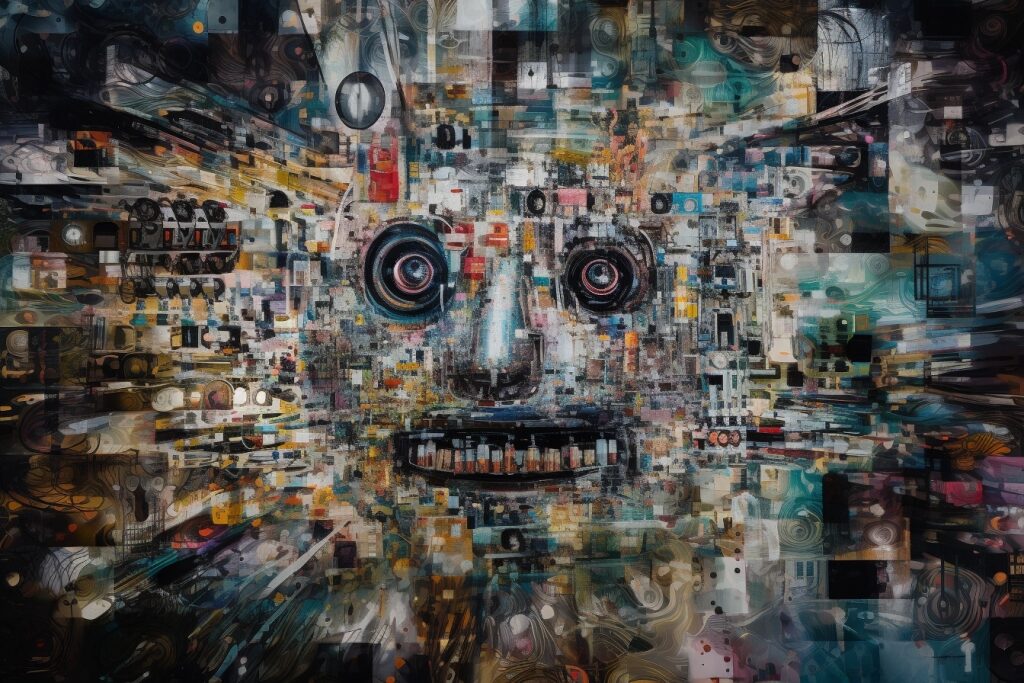The world of artificial intelligence (AI) is rapidly evolving with each passing day, and we’re currently living through what’s being called the Fourth Industrial Revolution. Amidst this technological revolution, one concept stands out as a key player: Transformers Agents. But what exactly are they, and why are they crucial to the future of AI?
Defining Transformers Agents
In simple terms, Transformers Agents are AI components that utilize natural language to perform various tasks. Imagine having a digital assistant that you can instruct using your everyday language, and it will carry out the task for you – that’s exactly what Transformers Agents do.
These agents are designed to interact with a curated collection of tools, each powered by advanced AI models. Whether it’s a tool for question answering, text classification, or even image generation, the Transformers Agent interprets your instruction, selects the appropriate tool, and generates code to accomplish the task.
The Magic Behind Transformers Agents
The beauty of Transformers Agents lies in their ability to leverage Language Model APIs. These APIs are the core of natural language processing technologies, enabling our digital devices to understand and respond to human language. When we combine these APIs with the power of AI models available on platforms like Hugging Face and OpenAI, we get the amazing capabilities of Transformers Agents.
In essence, these agents work in a few simple steps:
Instantiation
The first step is to create, or ‘instantiate’, an agent. This agent could be an OpenAI model, a StarCoder model, or an OpenAssistant model, depending on your needs.
Interpretation
Once the agent is set up, it interprets the instructions you provide in natural language.
Tool Selection
The agent then decides which tools to use based on the task at hand.
Code Generation
The agent generates code to perform the task using the selected tools.
Execution
Finally, the generated code is executed, and the task is accomplished.
The result? You get to interact with complex AI tools without needing to understand the intricacies of code.
From Understanding to Application
Now that we’ve demystified what Transformers Agents are, it’s time to bridge the gap from understanding to practical application. This middle section will serve as a transition from the theoretical to the hands-on, offering you the necessary perspective to leverage these powerful tools to their fullest potential.
If you’ve been wondering, ‘That’s all fascinating, but how does it apply to me?’ — this section is for you.
Transformers Agents: A Practical Tool
Transformers Agents are more than just AI marvels. They’re practical tools you can use to streamline a wide range of tasks. Whether you’re a programmer looking to simplify your code, a business owner seeking to automate routine tasks, or a tech enthusiast wanting to play around with cutting-edge AI, Transformers Agents can be a game-changer.
But, as with any tool, the key to using Transformers Agents effectively lies in understanding how to wield them. That’s where the following section comes in.
Mastering Transformers Agents – A Step-by-Step Guide
In this part of our guide, we will take a deep dive into how you can harness the power of Transformers Agents. With step-by-step instructions and practical examples, you’ll be able to master the art of using these agents and unlock their full potential.
Using OpenAI Models
Let’s start with an example of how to use OpenAI models with Transformers Agents. We’ll go through a simple example of using the run() method with an OpenAI model:
from transformers import Agent
agent = Agent(model_name="openai-gpt", api_key="YOUR_API_KEY")
result = agent.run("This is a sample text.")
print(result)
Using Hugging Face Models
Next, let’s explore how to use Hugging Face models with Transformers Agents. We’ll go through an example of using the run() method with a Hugging Face model:
from transformers import Agent
agent = Agent(model_name="bigcode/starcoder", api_key="YOUR_API_KEY")
result = agent.run("This is another sample text.")
print(result)
Using Other Agents
You’re not limited to just the OpenAI and Hugging Face models. If you have a specific task that’s better suited for a different model, you can easily switch. Here’s an example of how to use the run() method with a different agent:
from transformers import Agent
agent = Agent(model_name="your_model_name", api_key="YOUR_API_KEY")
result = agent.run("This is yet another sample text.")
print(result)
Conclusion
Transformers Agents have revolutionized the way we interact with AI models. With their ability to understand natural language instructions and generate corresponding code, they bridge the gap between complex AI technologies and everyday users.
Whether you’re an AI enthusiast or a professional looking to streamline your workflow, mastering Transformers Agents can be a game-changer. Remember, like any skill, mastering Transformers Agents takes practice. So don’t be afraid to experiment, make mistakes, and learn along the way.
Happy coding!
Resources
Benjamin Clarke is a technology writer with a passion for explaining complex concepts in simple, understandable language. With a focus on AI and machine learning, Ben’s articles aim to demystify these fascinating technologies and make them accessible to everyone.
For more AI-related content, follow US on Facebook and Twitter. Don’t forget to subscribe to our newsletter to stay updated on the latest trends in AI and machine learning.

